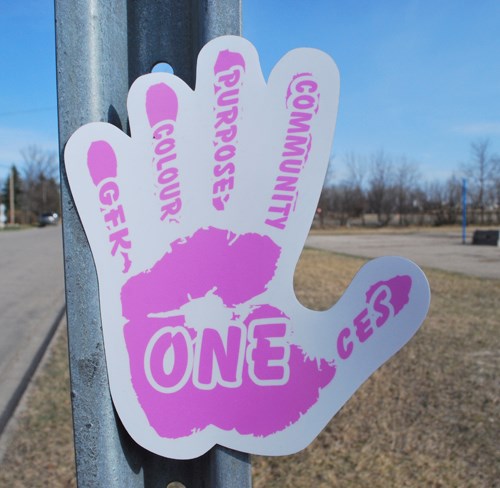Bullying can be defined as bringing harm to others, whether it be physically and/or emotionally. This act makes those being bullied feel insecure, depressed, and stupid. Eventually they will become withdrawn from those around them, family and friends.
Those being harassed or abused may feel as though there is no escape. They may begin to feel as though they have no other option than to be treated in this way. This is simply not true. Every person has the right to be treated with respect and to feel safe in their surroundings. This, however, is far from reality as, "One in five Canadian youth report being bullied regularly." (Red Cross)
To avoid bullying one must THINK before they speak or do.
T - is it True?
H - is it Helpful?
I - is it Ill-natured?
N - is it Necessary?
K - is it Kind?
The kinship and sense of belonging within smaller centers doesn't necessarily mean that students are less likely to be the bully or to be bullied. In fact Central Butte, Saskatchewan, has recently been given national media attention for its bullying problem. In this particular case multiple students were even taken out of school to be driven by their parents a half an hour to Chaplin, SK., or to be homeschooled as a way to protect their children. (CBC News)
In order to bring change, however, it is not simply up to the one being bullied. Most often they have attempted to do something about the problem or are trying to ignore the bully. A single person can have a difficult time creating change.
Bystanders that are aware of bullying need to refuse to give a bully an audience, to step in when they see bullying, and to bring the problem forward to someone they trust, perhaps a teacher.
Bullies themselves must be encouraged to take responsibility for their actions, right the wrongs they have caused, and ultimately stop the behaviour.
7 Myths of Bullying:
1."Children have got to learn to stand up for themselves."
-Children who have the courage to say they are being bullied are saying they've attempted to deal with the bully, but that they need help.
2."Children should hit back - only harder."
-This gives children the idea that violence is an effective problem solving skill and could cause serious harm.
3."It builds character."
-In reality it tears character down as they develop low self-esteem and become insecure.
4."Sticks and stones can break your bones but words can never hurt you."
-Names can hurt and can cause lifelong issues, such as eating disorders.
5."That's not bullying. They're just teasing."
-There is a fine line between teasing and bullying, it is extremely easy to cross it.
6."There have always been bullies and there always will be."
-If parents, teachers, and students work together a change in attitudes to bullying can be achieved.
7."Kids will be kids."
-Bullying is in essence a learned behaviour. If bullying and violence is addressed by parents and teachers then youths will have the means to not partake in the cycle.
(Bullying Canada)
Bringing awareness to this important issue has the schools in Carlyle recognizing an Anti-Bullying day, May 2, 2012. The schools are also hoping that the community will be involved and are selling pink shirts.
They will be ordering approximately 100 extra shirts and will be selling them for a minimum of $10. This is a donation towards furthering the anti-bully initiative and will assist in covering the costs of the event this year, but will also bring in additional speakers for the next school year. If you would like one of these please contact Bryce Birch, teacher at Gordon F. Kells.




